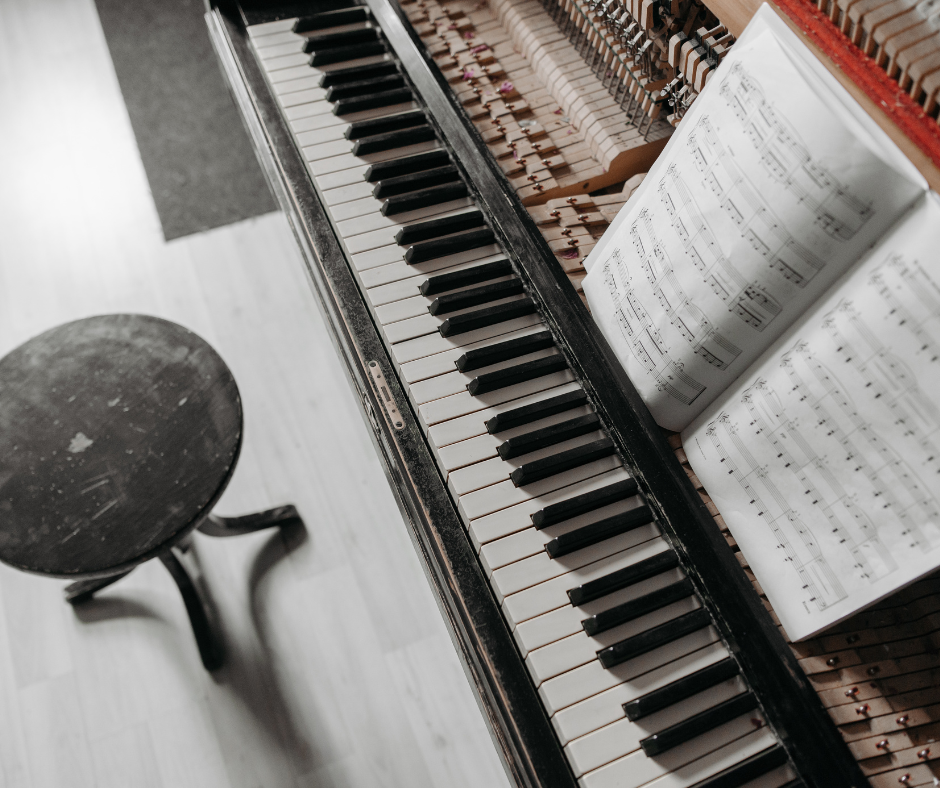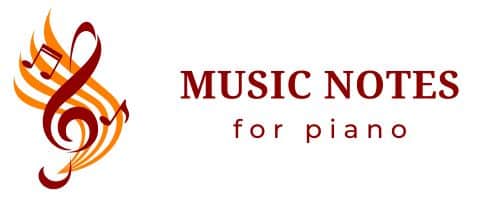The speed at which a musician can read music notes is a crucial aspect of their overall musicianship. Mastering sight-reading skills enables musicians to learn new pieces quickly, adapt to different genres, and excel in ensemble settings.
But how fast can a musician read music notes, and what factors contribute to their speed? In this article, we’ll explore these questions and provide tips on how to improve your own sight-reading abilities.
Factors Affecting a Musician's Sight-Reading Speed
Several factors contribute to a musician’s ability to read music notes quickly, including:
Experience: The more experience a musician has, the faster they can read music notes. As they become familiar with various musical patterns, their sight-reading speed naturally improves.
Instrument: The complexity of the instrument and the arrangement of its notes can influence sight-reading speed. Musicians who play simpler instruments or have a more linear layout of notes might read music faster than those playing more complex instruments.
Genre: Different musical genres have distinct characteristics that can affect sight-reading speed. For example, classical music often contains intricate patterns and harmonies, while pop music tends to have simpler, more repetitive structures.
Training: Musicians who have undergone formal music training typically develop better sight-reading skills and can read music faster than those who are self-taught.
How Fast Can a Skilled Musician Read Music Notes?
While it’s difficult to pinpoint an exact speed at which skilled musicians can read music notes, studies suggest that proficient sight-readers can process and perform music at a rate of roughly one measure per second, depending on the complexity of the piece. However, this speed may vary depending on the factors mentioned above.

Tips to Improve Your Sight-Reading Speed
If you’re looking to improve your ability to read music notes quickly, consider these tips:
Practice regularly: As with any skill, practice is essential. Dedicate time each day to sight-reading new music to build your familiarity with various patterns and styles.
Start with simpler pieces: Begin with music that has fewer notes and a slower tempo. As your sight-reading skills improve, gradually progress to more complex pieces.
Look ahead: Train your eyes to scan the music ahead of where you’re playing. This will help you anticipate upcoming patterns and notes, allowing you to maintain a steady tempo.
Chunk information: Instead of reading individual notes, try to recognize patterns and groupings, such as chords, scales, and arpeggios. This will help you process the music more efficiently.
Use a metronome: Practicing with a metronome can help you maintain a consistent tempo while sight-reading, ultimately improving your ability to read music quickly.
How To Read Notes
The speed at which a musician can read music notes varies based on factors such as experience, instrument, genre, and training.
Proficient sight-readers can generally read music at a rate of about one measure per second.
To improve your own sight-reading speed, practice regularly, start with simpler pieces, look ahead, chunk information, and use a metronome to maintain a steady tempo.
With dedication and practice, you’ll be well on your way to becoming a faster and more efficient music reader.
